
The Tucher Mansion (Tucherschloss) dates back to 1544. It served as a summer residence for the Tucher, a patrician family in Nuremberg. The museum inside shows how such a family lived in those times.
You only see what you know (Goethe)

The Tucher Mansion (Tucherschloss) dates back to 1544. It served as a summer residence for the Tucher, a patrician family in Nuremberg. The museum inside shows how such a family lived in those times.
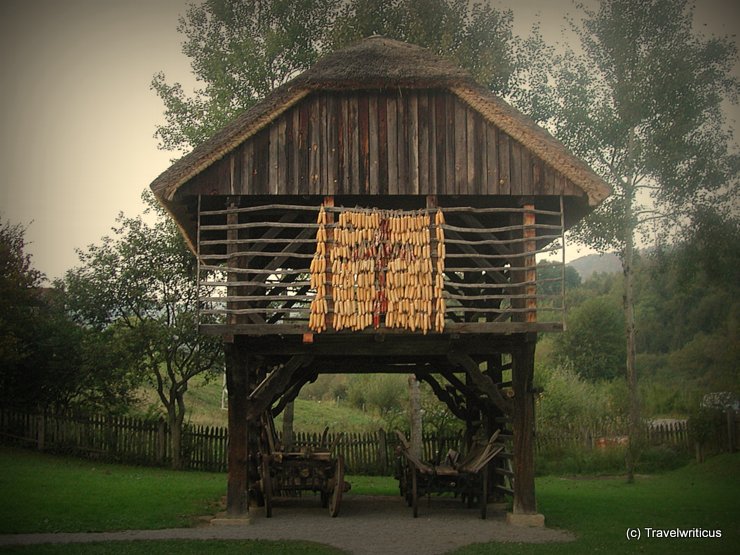
While travelling through Slovenia, I love to look for agricultural structures called Kozolec. These are traditional hayracks which are typical for this part of Europe. They are not only utilitarian but also known for artsy adornments.

Moyland Castle (Schloss Moyland) in the Lower Rhine region houses a museum for contemporary art and an archive with works by the German artist Joseph Beuys. A noted library of art literature completes the offer.
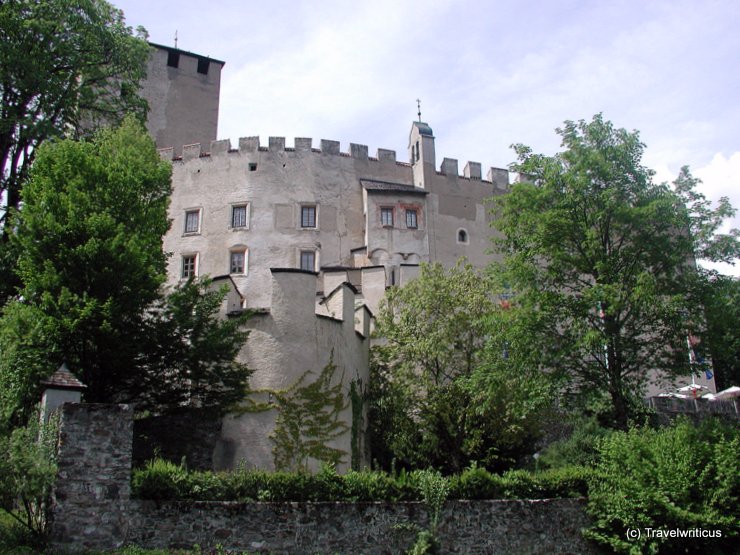
The Counts of Gorizia built Bruck Castle (Schloss Bruck) in the 13th century. The creator of the frescoes in the worth-seeing chapel was the late Gothic artist Simon von Taisten. At the museum, you find monumental paintings by Albin Egger-Lienz. [German]

The Austrian place of Hallstatt is known for its picture book-like view. But it is also full of history. Archaeologists found a Bronze Age staircase in the nearby salt mines. A public replica of this piece tells us about the finding.

At the Schell Collection, also known as the Museum of Keys (Schlüsselmuseum), you learn a lot about keys, locks, chests and jewellery boxes. Another focus is on decorative ironwork. So you see a compilation of house signs, grave crosses, windows and doors. [German]

The castle in Wels is generally known as the Castle (Die Burg) or the Wels Castle (Die Welser Burg). It was first mentioned in 776. At that time, the site was just a wooden building with palisades. The construction in stone took place in the 12th or 13th century. [German]
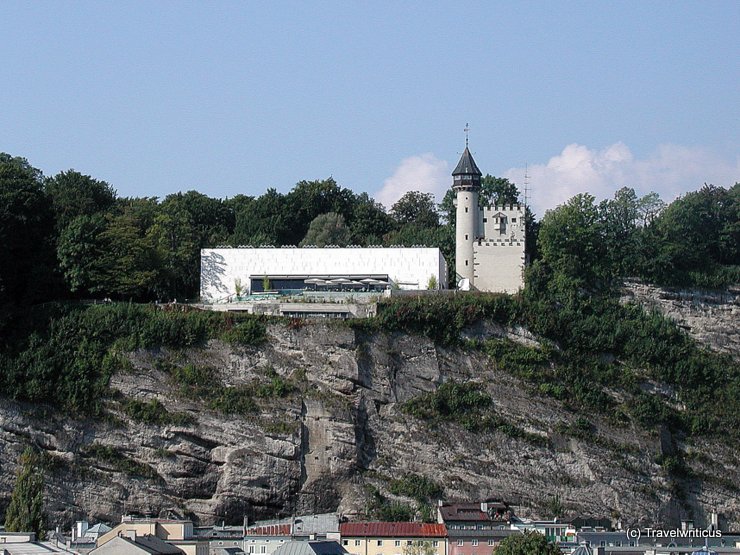
Guests of Salzburg know this view well: A castle-like tower high over the city, adjacent to a white building with a set of sunshades in front of it. We speak about a former water tower and the Museum der Moderne Salzburg.
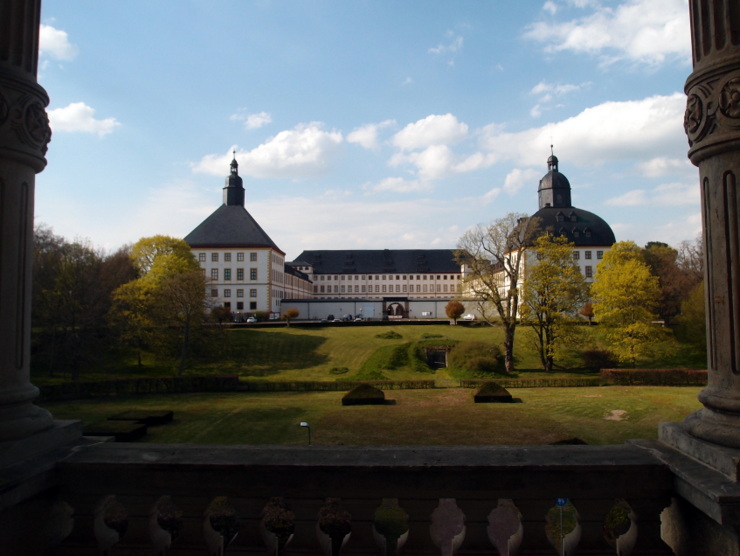
I took this view of Friedenstein Castle (Schloss Friedenstein) from the staircase of the Ducal Museum of Gotha. The early Baroque palace was built in the mid-17th century by Ernest I, Duke of Saxe-Gotha. [German]
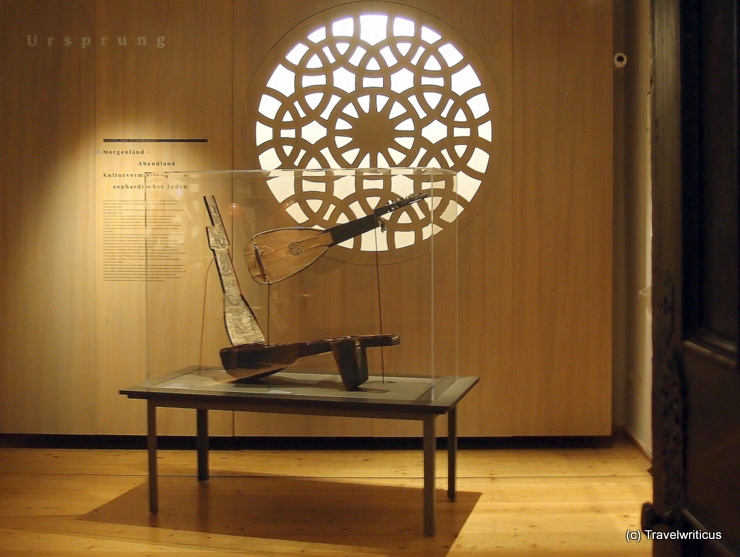
Füssen has been a centre of the lute- and violinmaking industry for many years. In 1562, the city saw the foundation of the first lute makers’ guild in Europe. Today, the Museum of Füssen displays an extensive collection of historical lutes and violins.
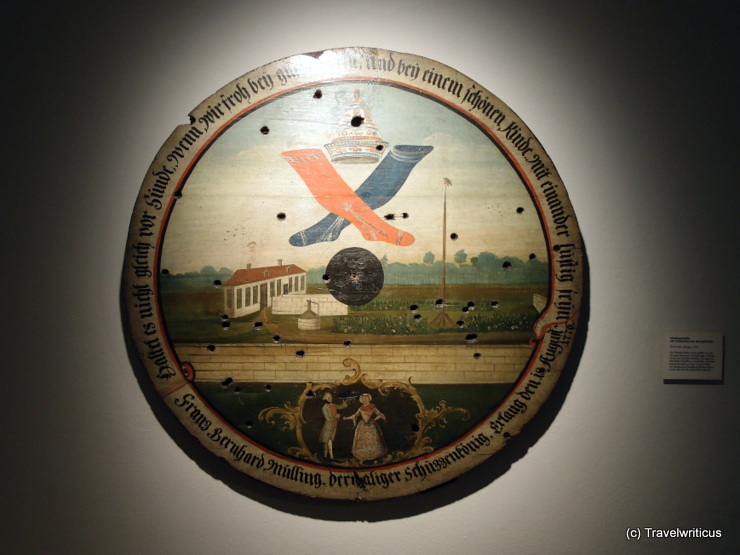
You find the Erlangen City Museum in the former town hall of the Old Town (Altstadt) on Martin- Luther-Platz. It shows the city’s history from its beginnings to the 20th century. Especially worth seeing is the depiction of the history of the Huguenots. [German]

If you are interested in the people of Celts, Deutschlandsberg Castle (Schloss Deutschlandsberg) in the Austrian state of Styria is worth a visit. It houses the Archeo Norico, a museum about Celtic history.